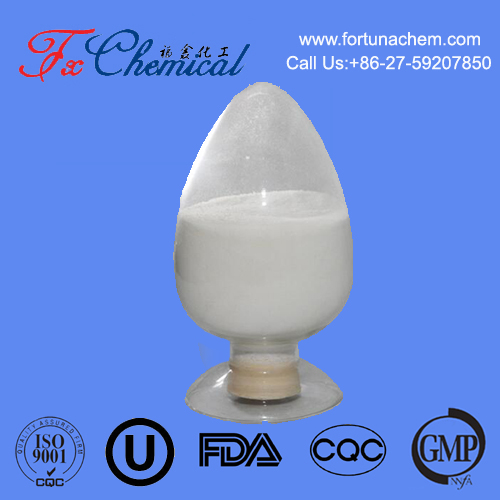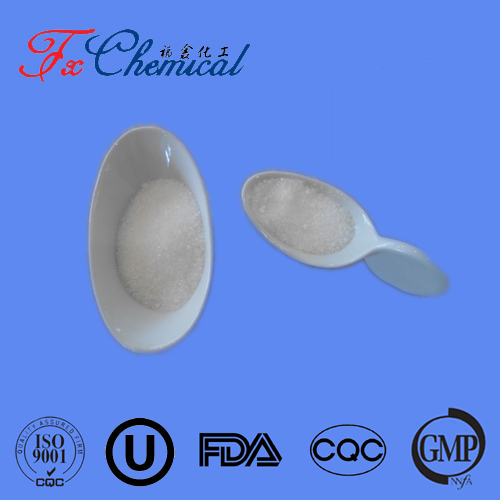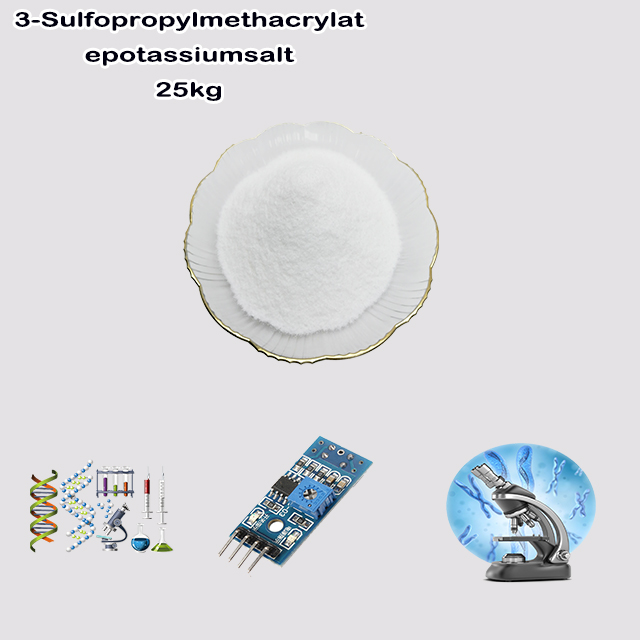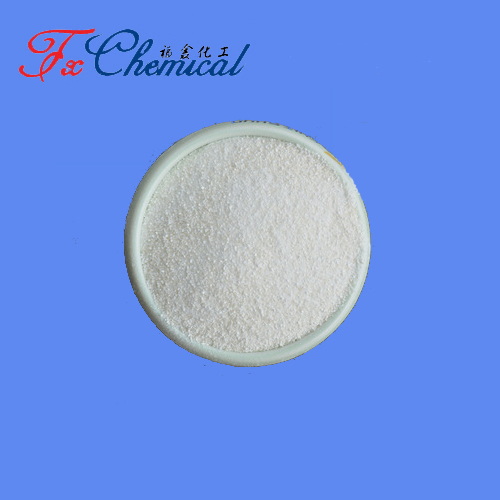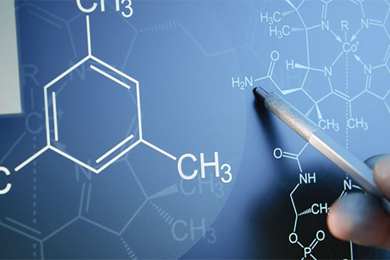
Search

Search

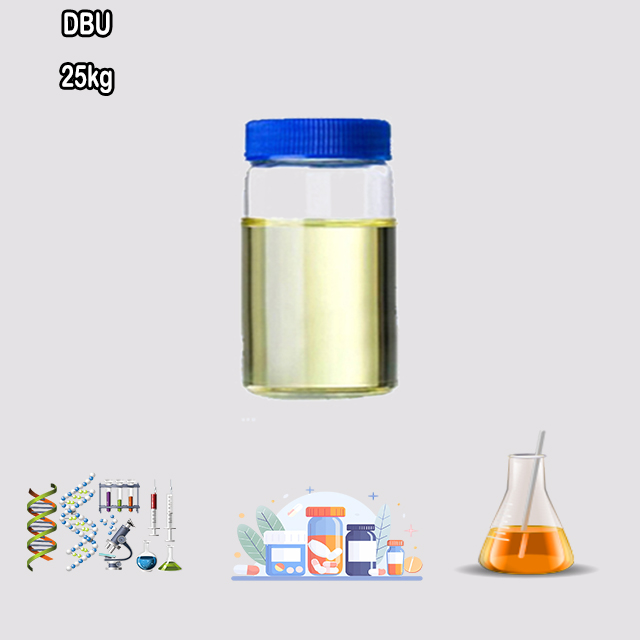
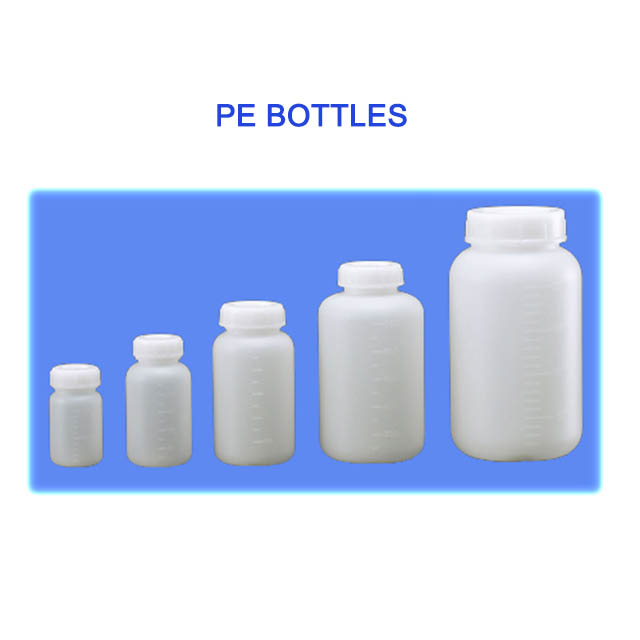
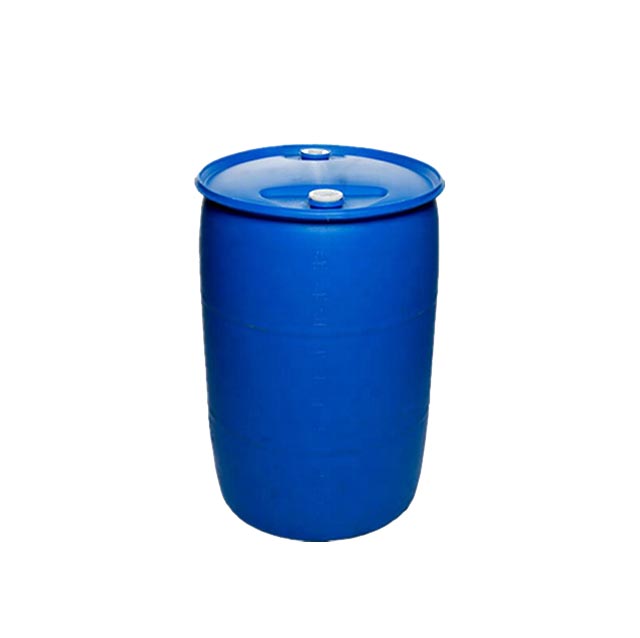
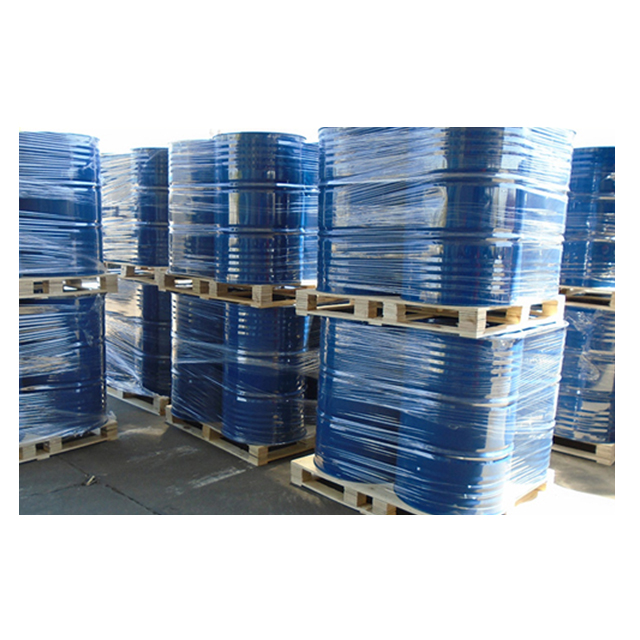
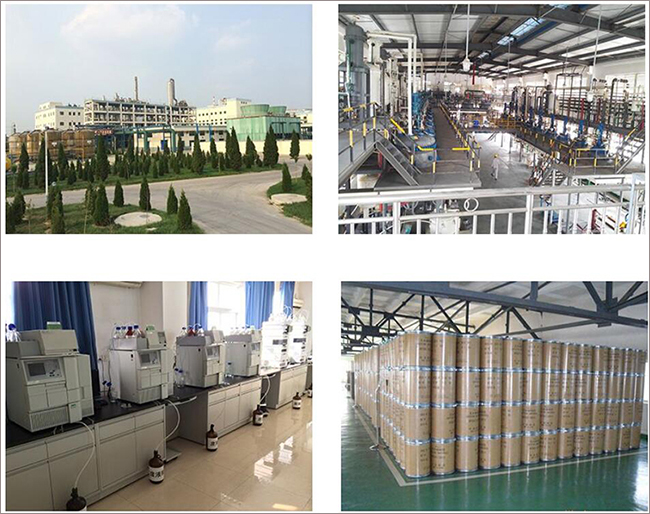





DBU (1,8-Diazabicyclo[5.4.0]undec-7-ene) is a strong, non-nucleophilic organic superbase. It is a colorless liquid widely used as a catalyst and reagent in organic synthesis and polymer production. Its key function is to facilitate reactions like elimination, deprotection (e.g., removing silyl groups), and esterification without acting as a nucleophile, reducing side reactions. It is particularly valued for promoting clean, high-yield transformations in pharmaceuticals, materials chemistry, and industrial processes.
DBU stands for 1,8-Diazabicyclo[5.4.0]undec-7-ene. It is a commercially important organic compound belonging to the class of amidine bases. It is classified as a superbase because its protonated form is highly stabilized, making it significantly stronger than many common amine bases.
Chemical Structure: It features a bicyclic structure with two nitrogen atoms. One nitrogen is part of an amidine group, which is responsible for its high basicity.
Appearance: It is typically a colorless to pale yellow liquid.
Solubility: It is soluble in water and most organic solvents.
Strength: It is a strong, non-nucleophilic base. This means it is excellent at deprotonating acids but is less likely to participate in unwanted side reactions as a nucleophile compared to other strong bases.
DBU is a versatile reagent, primarily used as a catalyst and base in organic synthesis:
1. Organic Synthesis (Most Common Use):
Promoting Elimination Reactions: It is exceptionally effective at facilitating E2 eliminations, such as converting alkyl halides to alkenes or removing sulfonate esters (tosylates, mesylates).
Catalyzing Condensation Reactions: It is widely used to catalyze the formation of esters (transesterification), amides, and polyurethanes.
Silyl Group Deprotection: It is a key reagent for selectively removing silyl protecting groups (like TBDMS) from alcohols.
Promoting Carbon-Heteroatom Bond Formation: Useful in the synthesis of heterocycles and other complex molecules.
2. Polymer Chemistry:
It acts as a catalyst for the production of polyurethanes and other polymers.
The key advantage of DBU is its combination of high basicity and low nucleophilicity. This allows chemists to perform deprotonations and eliminations without the reagent itself attacking electrophilic centers, which minimizes side products and increases reaction yield.
| Aspect | Description |
|---|---|
| Chemical Name | 1,8-Diazabicyclo[5.4.0]undec-7-ene |
| Class | Strong, non-nucleophilic superbase (amidine). |
| Primary Use | Catalyst and reagent in organic synthesis and polymer chemistry. |
| Key Function | Excellent for elimination reactions and deprotection steps. |
| Physical Form | Colorless to pale yellow liquid. |
In short, DBU is a powerful and versatile tool in a synthetic chemist's toolkit, prized for its ability to drive difficult reactions efficiently and cleanly.

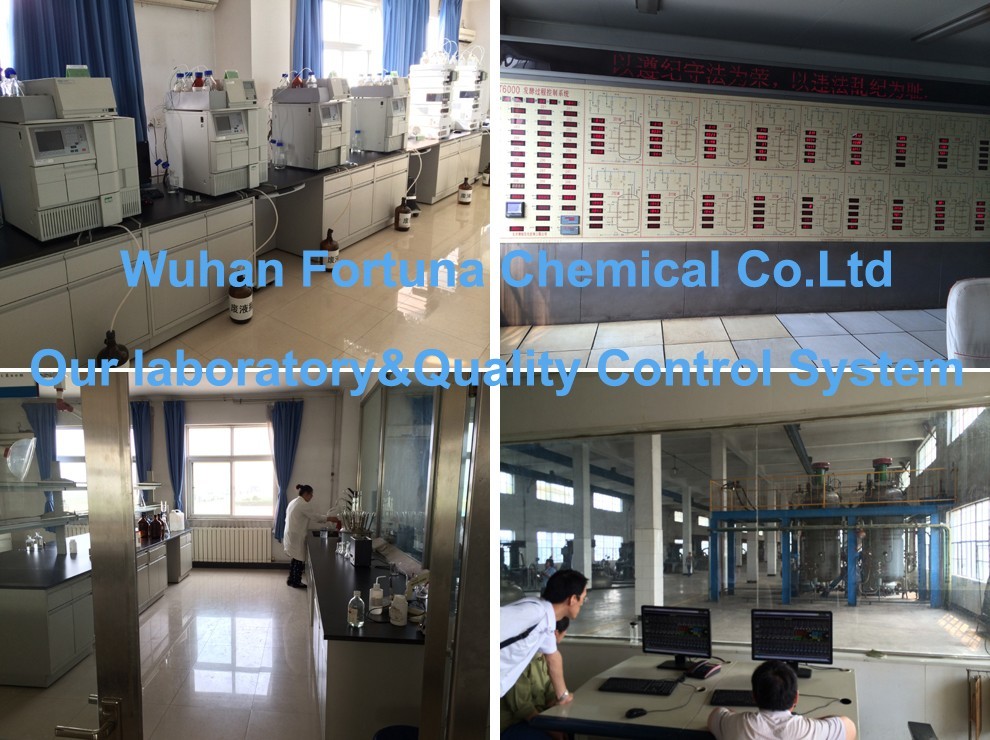


Fortunachem Provides Not Only Professional Chemical Products But Also Professional Help
Keeping you up-to-date with all the latest information, news, and events about Fortunachem!

Quick Links
Add:
E-mail:
 English
English  Español
Español  français
français  العربية
العربية 